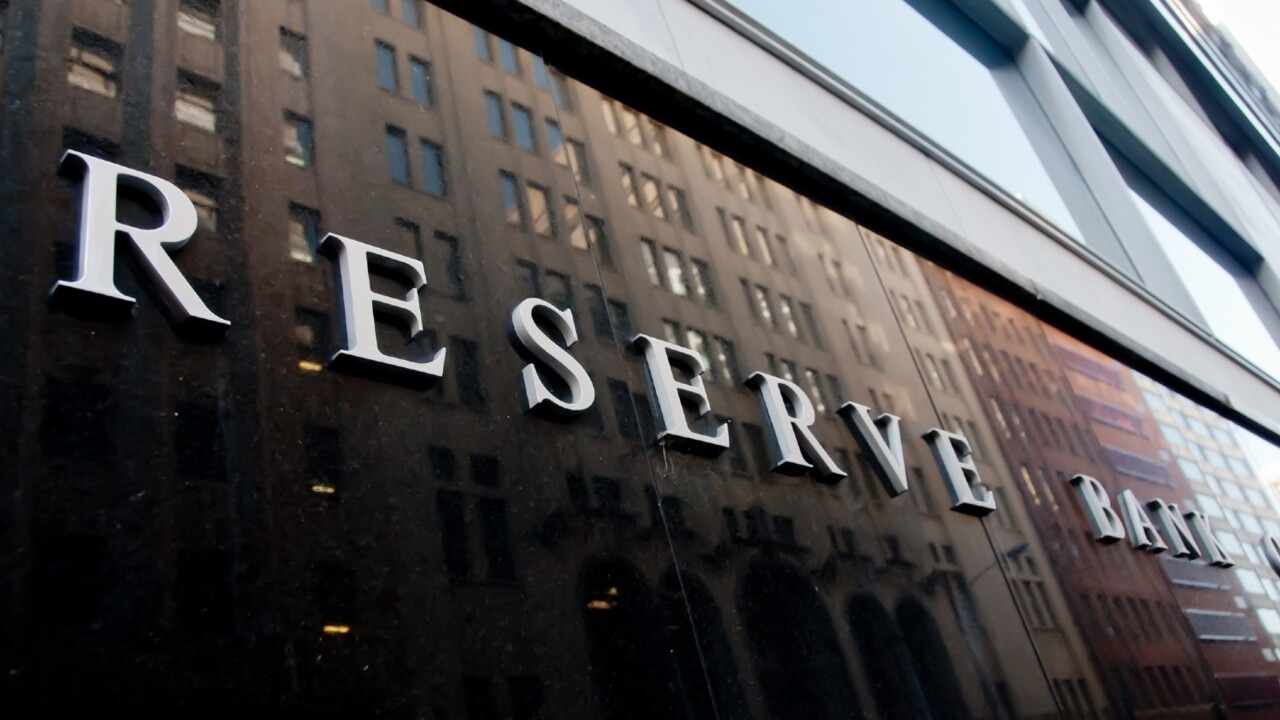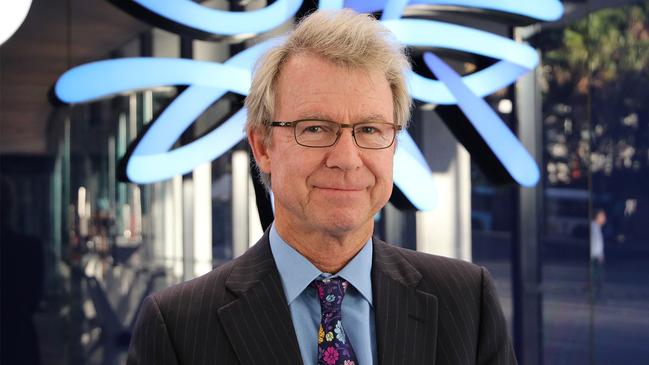Fewer price rises: Australia to see impacts of cooling inflation
Australians should see more evidence of inflation cooling in day-to-day life as the RBA ponders rate cuts in 2024, but economists say one event could disrupt the show.

Consumers should see fewer and smaller price rises this year as the full effects of the Reserve Bank’s aggressive run of interest rate rises helps drive inflation down to sustainable levels.
Economists expect inflation will continue to ease from three-decade highs and fall at a faster rate than the RBA has forecast, increasing the chance that households will enjoy rate cuts in the back half of 2024.
Inflation peaked at a 32-year high of 7.8 per cent in December 2022 and had eased to 4.9 per cent by October last year.
But Australia’s inflation fight may be a slow burner, with RBA governor Michele Bullock saying “homegrown” factors such as trips to the dentist and hairdressers are keeping levels elevated.
The US has seen inflation fall from 6.5 per cent to 3.1 per cent over the 11 months to November.
AMP chief economist Shane Oliver said he was optimistic inflation would continue to ease and noted Australia was three to six months behind other countries such as the US.
“As we go through (2024), providing there are no supply shocks or wars, then there will be weak demand which will continue to beat down on inflation,” he said.

“This will act as a drag on price pressures, which help to contain demand more.”
The RBA’s statement on monetary policy in November forecast that inflation would fall to 4 per cent by June and 3.5 per cent by the end of the year, before hitting the top end of its 2-3 per cent target rate by December 2025.
KPMG chief economist Brendan Rynne said inflation was likely to fall faster than the central bank forecast as demand in the economy deteriorated.
“We believe inflation will drop faster than the RBA and government forecasts are suggesting and we will be just outside of the target band by the end of 2024, and that’s really allowing the RBA to bring the cash rate down,” he said.
Geopolitical events including tensions in the Middle East are the biggest threat to cooling levels of inflation, particularly if oil supplies are at risk, according to Dr Oliver.
“The risk is that the war expands to Iran and takes out their oil supply. Even though their oil is subject to sanctions, other places like China do buy it,” he said.
“If oil does surge it would likely act as a tax on consumer spending and if El Nino intensifies and we see crop failures and it hits supply, that too could have an impact.”
Dr Oliver said Australians would be able to gauge whether inflation was slowing by how often they saw prices at supermarkets and petrol stations rise.
“Lots of people gauge inflation by (grocery) prices and petrol,” he said. “It is more going to be that things won’t go up as much as they have been and not as often. We are not going to see big price falls.”

Economists said the next decision the RBA has to make is when to cut rates, barring no surprises in the short term.
Commonwealth Bank chief economist Stephen Halmarick forecasts inflation would fall at a faster pace than the RBA expected and that could mean rate cuts of 75 basis points this year and another 75 basis points in 2025 to take the cash rate to 2.85 per cent.
“CBA is forecasting the annual rate of inflation back at 3 per cent at the end of 2024, well ahead of the RBA’s current forecast and closer to the Commonwealth government’s latest forecast.
“Markets have shifted to our view that the global monetary policy tightening cycle is at an end, and that 2024 will see interest rate cuts from some of the major central banks, especially the US Federal Reserve and the RBA,” Mr Halmarick said.
Economists at the National Australia Bank said services prices have tracked more strongly than goods over recent quarters and are typically stickier – suggesting the easing on the downside may be more difficult with less scope to discount amid weaker demand. “As the economy continues to cool we expect services price pressures to ease further,” the NAB economists said.
“We see underlying inflation moderating to 3.25 per cent by end 2024. That said, inflation numbers are likely to remain volatile as policy impacts and subsidies unwind.”
Australia’s mortgage belt has been hit by the record run of rate rises with repayments on a $500,000 loan up by $1210 per month since the hikes began in May 2022.
Repayments on a $750,000 are up $1815.




To join the conversation, please log in. Don't have an account? Register
Join the conversation, you are commenting as Logout